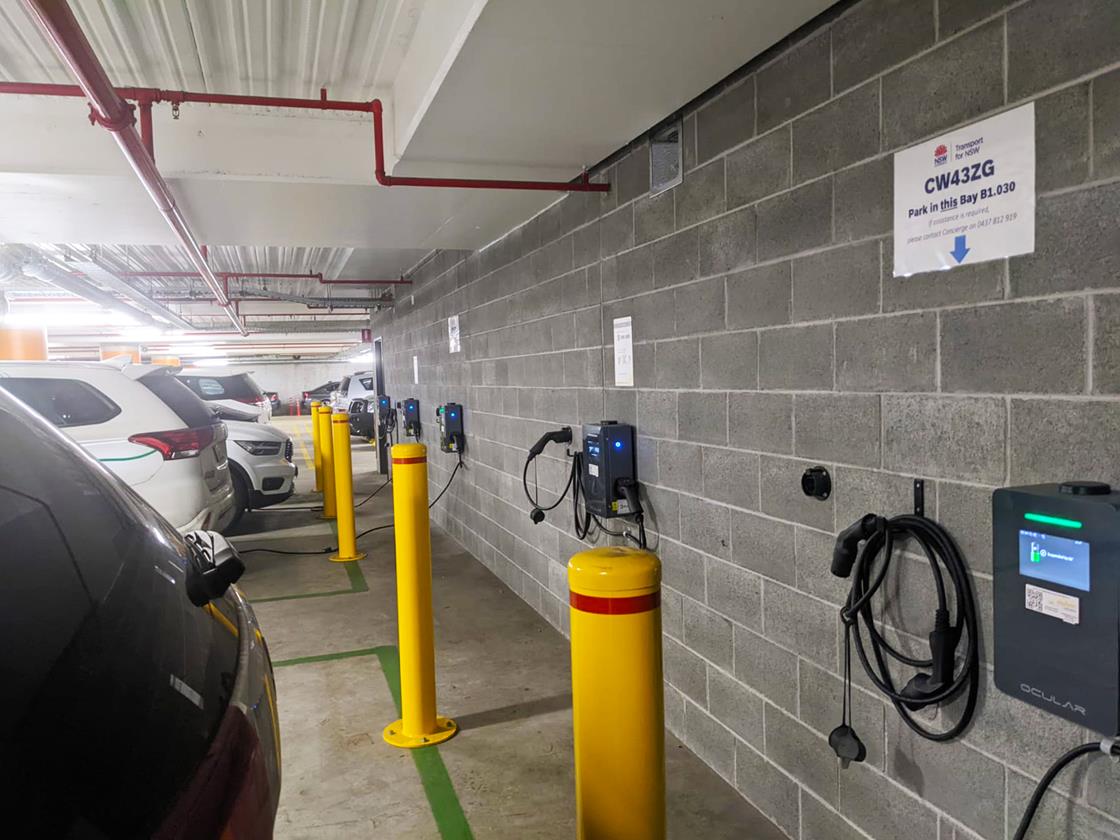Electrifying Your Fleet Depots.

Main considerations when Electrifying Depots.
With the increasing prices of fuel paired with the dire need to transition into a sustainable future, electrifying your depot is becoming a more eye-catching alternative. The ease of having vehicles fully charged at your base of operations, allows for increasing optimisation, streamlining the whole process, and with solar power and other renewable energies becoming energies, becoming more widespread, there are always more ways to allow for greater efficiency. With all this interest in electrifying your fleet, where do you begin?
When electrifying your depot for fleets there are 3 main considerations. The first main consideration is the vehicle requirements. This requirement encapsulates how the vehicles will be used during their general operation. The second consideration would be the site characteristics. This requirement portrays how the site is currently set up, and what challenges are in place. The third one is the future of the depot.
1. Vehicle requirements
First and foremost, vehicle requirements are needed. It is crucial to understand how the depot is currently operating and as such, how the transition from ICE to electric vehicles can be facilitated. Understanding the vehicle requirements will allow you to understand what type of hardware is required for electrification. For depot vehicles that have little idle time, a level 3 DC charger would be ideal, being able to provide large amounts of power in a short period of time. Alternatively, for depots where the vehicles are left idle and can charge for a longer duration, a level 2 AC charger can be utilised. Choosing the type of charger not only depends on the vehicle’s use case, but a lot of the time it depends on the site’s available power.
2. Site Characteristics
Possible sites for electrification may have power restrictions limiting which hardware options are available. A majority of sites will have varying power usage throughout the day, as such load management is crucial to optimise the charging speed of vehicles, this allows for multiple chargers to be charged without tripping the circuit. EV Load management can be done in a couple of ways, namely static, dynamic or scheduled. New sites may have been built with electric charging in mind, as such have had the power availability provisioned.
3. Future-proof your depot
The final piece to consider is the future of the depot, how many vehicles are you expecting now and in the future? When considering charging stations at the depot, it may be in the best interest to also provision for future charging stations as more and more of the fleet transitions into electric vehicles. Considering a backbone infrastructure allows for efficient and cost-effective scaling when required. Furthermore, with fleets becoming electrified, this gives the option of allowing vehicles to be taken home with coworkers and charged at their residences. The way this all fits together is through software.
Software is an extremely powerful tool that tool, that will allow fleet managers and depot managers to have full visibility and control over a variety of metrics such as energy charged, user behaviour, charge times etc. By having a smart charger at the residence of fleet drivers, they can charge their vehicle at home and continue their required route immediately, which may be optimal when preloading is required for delivery. Additionally, allowing the fleet vehicles to charge at home will allow for a convenient method of transportation for fleet drivers. With the charging at the fleet driver’s residence, the software allows for the tracking of power consumed during the charging sessions, which will allow the organisation to reimburse the drivers.
Ultimately, the main factors to consider when taking a look at electrifying your depot would be what the vehicle requirements necessary are, the depot’s characteristics and the future path of the depot. The use case of the vehicle varies drastically ranging from heavy-duty trucks to smaller fleet vehicles, with different battery capacities and charging times required. Additionally, the depot must be suitable to be used when transitioning into an electric fleet and finally, the future direction for the fleet, whether that would be a slow transition into electric vehicles and provisioning for it or the depots are just being used as a temporary base of operations.
Electric vehicles offer a wide range of benefits for logistic companies. They are cheaper to operate and maintain, they produce lower emissions, and they can be easily monitored. As we continue to transition into a carbon-neutral economy, it is important for fleet operators to consider the transition to electric vehicles.
For a deeper look into how to successfully plan, implement, and manage EV charging for your fleet, download our Fleet Charging Whitepaper here.


